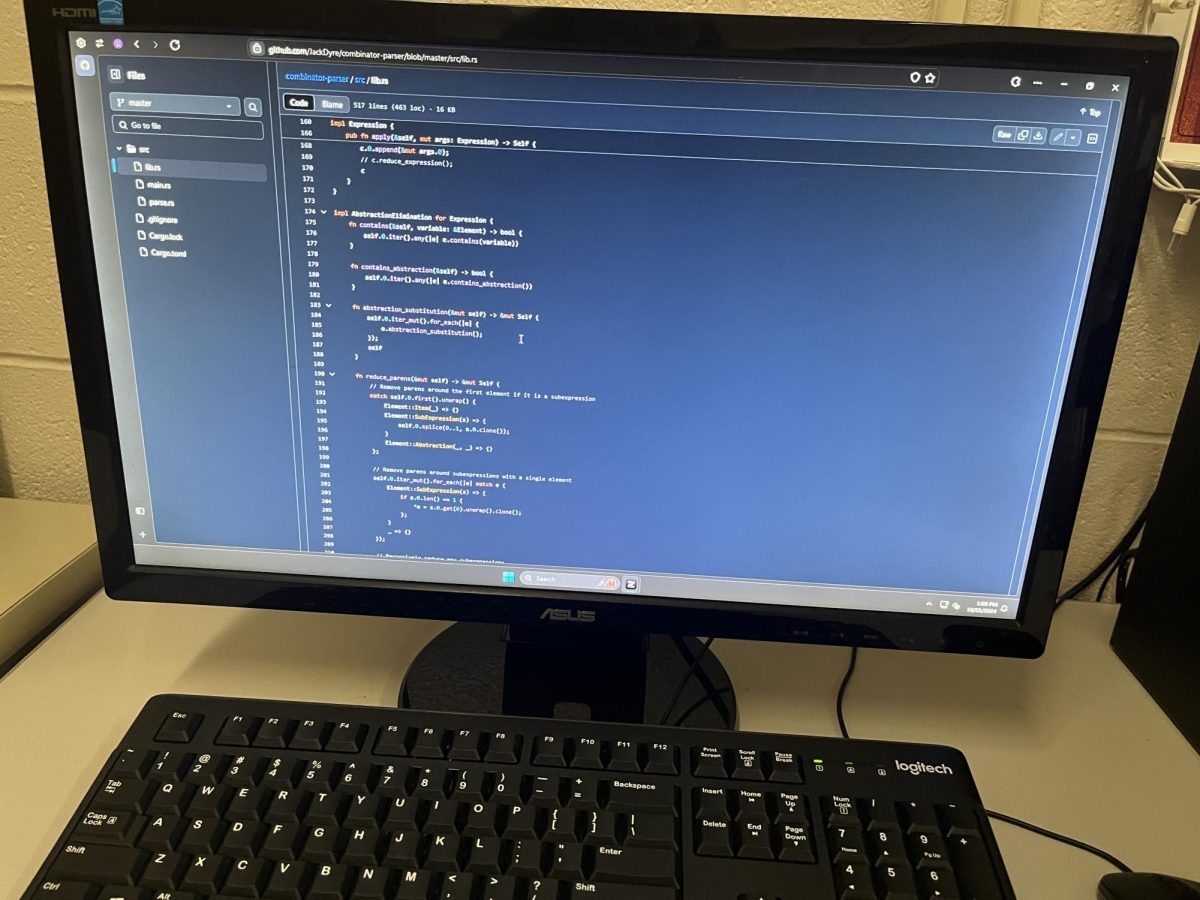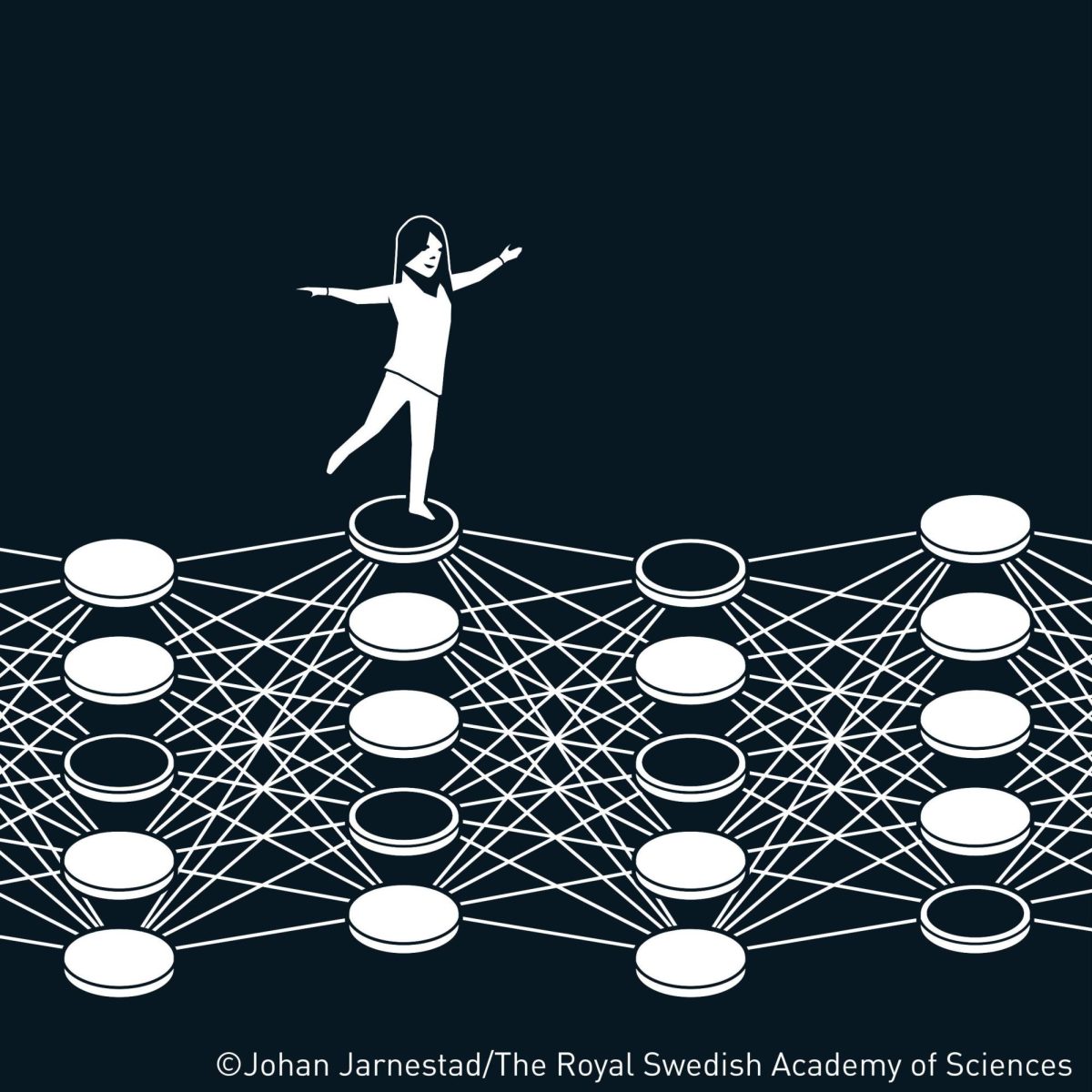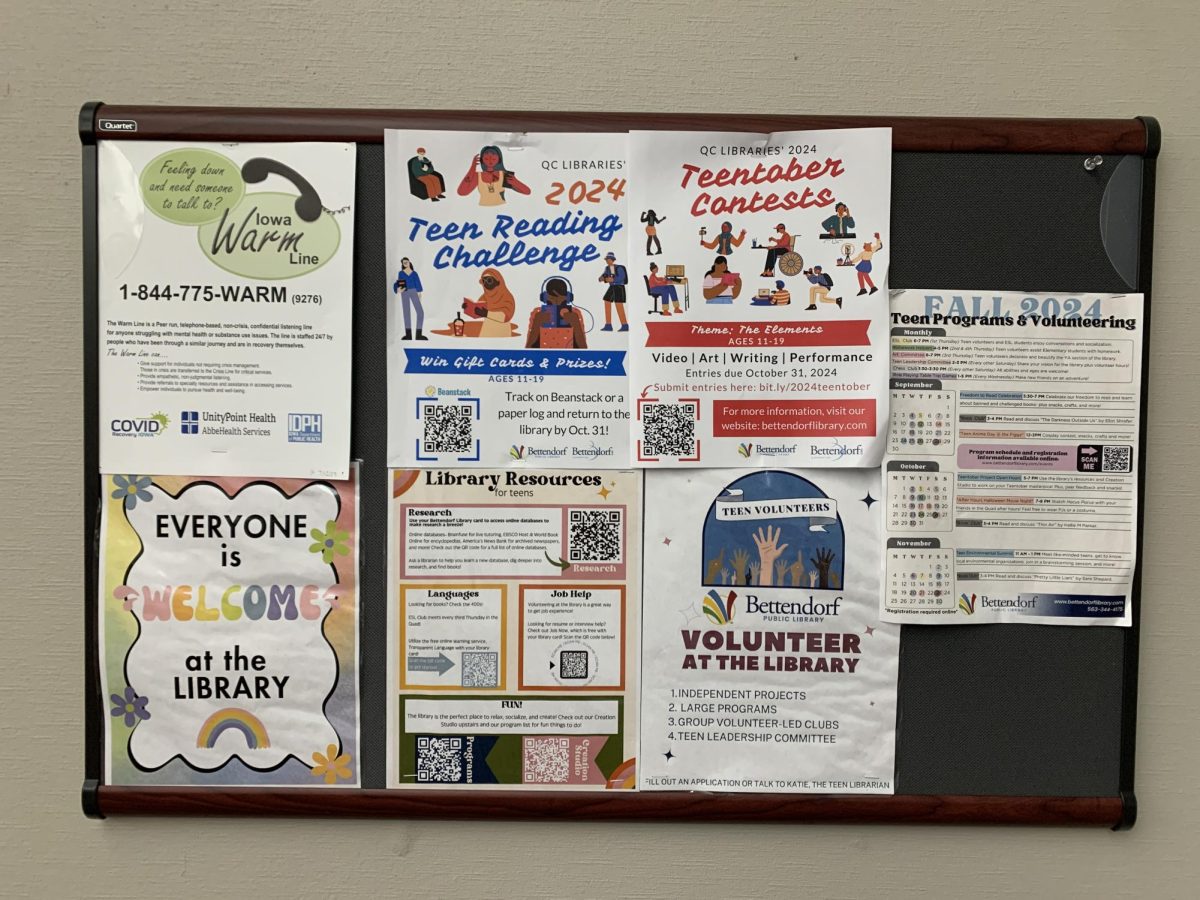On the morning of Tuesday, March 20, Great Mills High School in Great Mills, Maryland became the site of yet another production of an increasingly familiar script. In this rendition, 17-year-old Austin Wyatt Rollins entered the building and used his father’s handgun to target his ex-girlfriend, 16-year-old Jaelynn Willey. Willey was hospitalized and rendered braindead after sustaining a shot to the head. She was removed from life support on Thursday and passed away shortly after.
This script took a turn from the norm, however, as Rollins’ confrontation with Willey led to another confrontation with the school’s armed deputy. 34-year-old Blaine Gaskill is a recent addition to the high school. A member of the local SWAT team, Gaskill pursued and engaged Rollins, eventually shooting and killing him. A-14-year old male was also injured and is now in stable condition, recovering from an injury to his thigh that required surgery. It is unknown whether it was Gaskill or Rollins who caused his injuries. Gaskill’s actions, obviously heroic, were the reason there were only two injuries, with the only death being the shooter himself.
Occurring little more than one month after the “Valentine’s Day Massacre,” which resulted in the deaths of 17 students at Majority Stoneman Douglas High School in Parkland, Fla., the shooting in Maryland only added fuel to the nation’s fire. Great Mills High School is one of just 30 percent of the nation’s schools to have an officer like Deputy Gaskill in the building, a statistic that plays into the push to arm teachers throughout America’s schools.
On the other hand, there is an argument that an officer’s presence in the schools will cause unnecessary arrests for minor infractions. This side of the argument also points out that Gaskill is just the second officer since the 1999 shooting at Columbine High School in Colorado to kill an active shooter, suggesting that armed officials or teachers may not be the most effective solution.
After the student-inspired outcry, the nation has been pushing for colossal changes. Looking at the many arguments from all sides of this debate, it is clear that this issue is a many-edged sword. “School shootings should be addressed from multiple standpoints,” said senior Abby Davidson. “It is certainly a gun control issue, but it’s also a security issue and, even more so, it’s a mental health issue.”
For one side, the solution lies in arming staff and instating officers like Gaskill, with the idea that armed adults – if not a successful deterrent – will give schools the means to prevent further casualties.
On the other side, demands for stricter gun regulation – including more thorough background checks and mental health screenings – provide an effective solution along with changes made within the school environment. “Many students at PV and I want to see a change in the way our school handles safety measures regarding gun violence. We are calling for stricter ALICE drills, an easy HOTLINE number to access, enduring that our doors remain locked throughout the school day and requiring everyone take these threats seriously,” senior Lily Feldman said. “We can not afford to lose more children than we already have today because of reckless usage of weapons. Our nation demands a change, our congressmen are sleeping on Capitol Hill.”
Some argue that the guns are not the real problem: the real trouble is festering in the lack of availability of and the treatment of those struggling with mental health issues. “Mental health has undeniably played a critical role in many of the incidents the past few decades,” Davidson said. “Failing to address this problem from a holistic view in order to polarize it politically will hinder the potential for real change and progress.”
Yet another side argues that until something can be done to solve the root of the problem – mental health – the guns should be more strictly regulated to take away the means of achieving a school shooting.
The recurring event of school shootings has been called an epidemic in America, but even that statement splits the debate and raises questions, as the frequency of the shootings themselves is muddled due to each source’s varying definitions of a school shooting. Nevertheless, the shootings continue to happen, children continue to die, the cry for change has continued to intensify and the system has yet to make any real changes.
The attention on this issue refuses to budge, with a nationwide march supporting gun control that will take place on Saturday. As the communities of Great Mills and Parkland suffer from the violence and loss that has thrust them into the nation’s eyes, the events these communities have endured have made them a rallying cry against future tragedies. The problem is not a single issue alone, and the solution yields not a single, comprehensive solution, but a myriad of them. What is clear, however, is that a growing number of American people want not a bandage, but a real solution. For those who continue to let their voice be heard, the buildings where America’s youth learn to take on the adult world, once a safe haven for growth, now appear to them as a sad image that looks and feels entirely too much like the worst of the real world.









